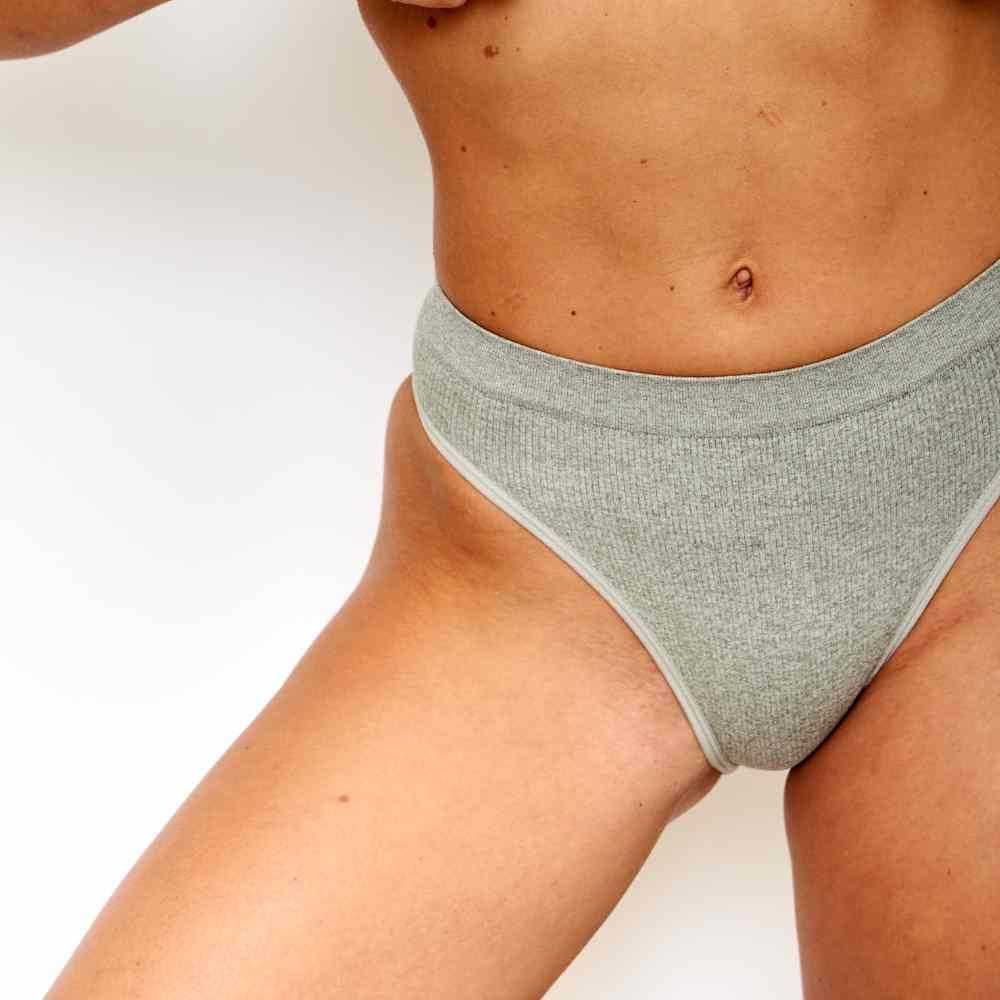

Lipoedema is a chronic condition characterised by an abnormal accumulation of fat, primarily in the legs and sometimes the arms, often accompanied by pain and sensitivity.
There is no cure for lipoedema but several conservative treatments may help manage symptoms and improve quality of life. Here are some common conservative treatments:
1. Compression Therapy: Wearing compression garments, such as stockings or sleeves, can help reduce swelling, improve circulation, and provide support to the affected areas.
2. Lymphatic Drainage (LD): This specialised form of massage is designed to encourage lymphatic drainage, which can help reduce swelling and discomfort associated with lipoedema. It is best to choose a therapist with a deep understanding of this condition for the best therapy and support. Automated devices such as Pulsio have made home therapy more accessible and affordable. Dry Body brushing is also recommended to stimulate lymphatic flow.
3. Exercise: Low-impact exercises, such as swimming, walking, and gentle cycling, can help improve circulation, strengthen muscles, and promote overall health. It’s important to choose activities that are enjoyable and manageable.
4. Dietary Changes: While diet alone cannot cure lipoedema, a balanced diet can help manage weight and reduce inflammation. Some people find that a DNA-based, low-carb or anti-inflammatory diet is beneficial. Nutritionists who have studied and are experienced with lipoedema are best placed to
5. Weight Management: Maintaining a healthy weight can help alleviate some symptoms and reduce the progression of lipoedema. This may involve working with a doctor or nutritionist.
6. Pain Management: Over-the-counter pain relievers or prescription medications may be used to help manage pain and discomfort associated with lipoedema.
7. Physiotherapy: An experience physiotherapist well versed in lipoedema can develop a personalised exercise program and provide education on proper body mechanics to promote mobility and function.
8. Support Groups and Counselling: Connecting with others who have lipoedema can provide emotional support and helpful tips for managing the condition.
9. Skin Care: Maintaining healthy skin through proper hygiene and moisturising with pure and organic shea butter or similar can help prevent complications, such as infections.
10. Educating Yourself and Others: Understanding lipoedema and educating family and friends can help create a supportive environment for managing the condition and your mental well-being. Always consult with a doctor with experience of lipoedema for a personalised treatment plan tailored to your individual needs and circumstances.




